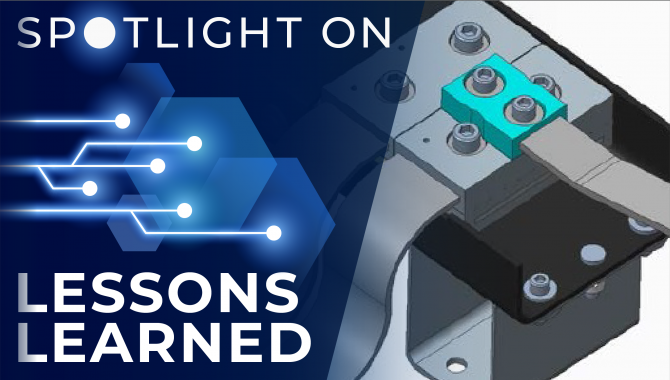
Exploration Ground Systems Program challenges, solutions and lessons learned since the end of the Space Shuttle Program have been captured in an effort to transfer the knowledge to NASA program and project managers.

Exploration Ground Systems Program challenges, solutions and lessons learned since the end of the Space Shuttle Program have been captured in an effort to transfer the knowledge to NASA program and project managers.

Problems experienced with SpaceWire cable used in flight hardware intended for deployment on the International Space Station resulted in lessons learned and recommendations to help avoid similar issues.

The importance of vibration testing in qualifying and accepting spaceflight hardware cannot be overstated, but the testing also introduces significant programmatic risk.

The failure of a high pressure industrial water valve actuator assembly at a NASA test stand underscored the need for disciplined configuration control practices to ensure facility systems are built and maintained to the specified design.

NASA’s High Alpha Technology Program used a highly modified F-18 airframe as its focal point and captured important lessons on improving high angle-of-attack capabilities.

Accepting a task to perform a fast-track engine test prior to fully understanding its risks and challenges led to cost and schedule issues.

Material creep and joint relaxation in thermal strap joints under load at room temperature can result in thermal performance degradation at cryogenic operating temperatures.

Knowledge of system development models used by NASA partners for systems engineering and integration can prevent miscommunication and unfulfilled expectations within NASA insight and oversight organizations.

When an electrician at NASA’s Johnson Space Center suffered burns due to a pre-existing condition in a power distribution panel, one of the lessons learned was the importance of managing installation and maintenance records as government property.